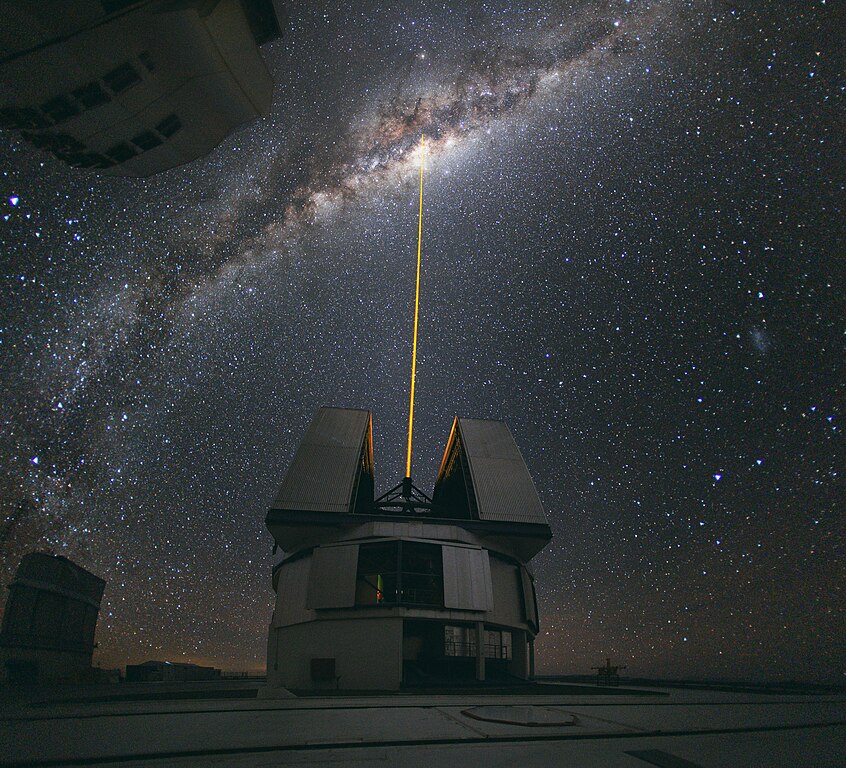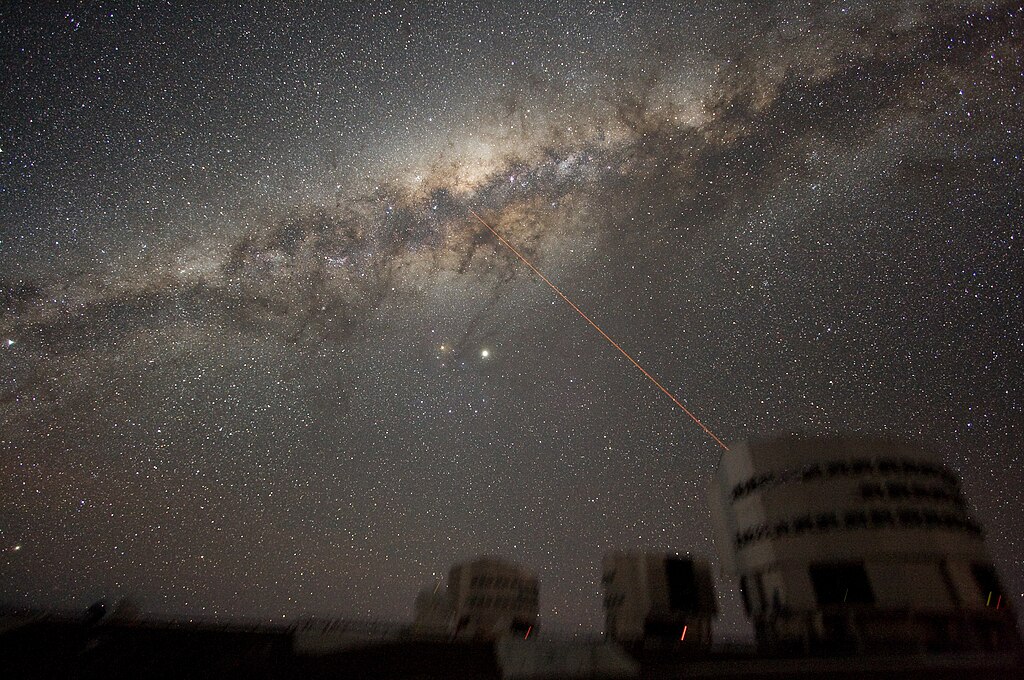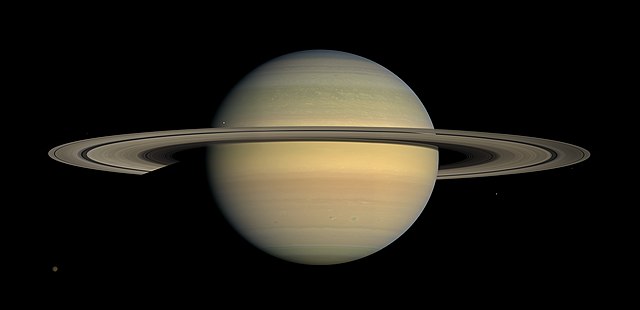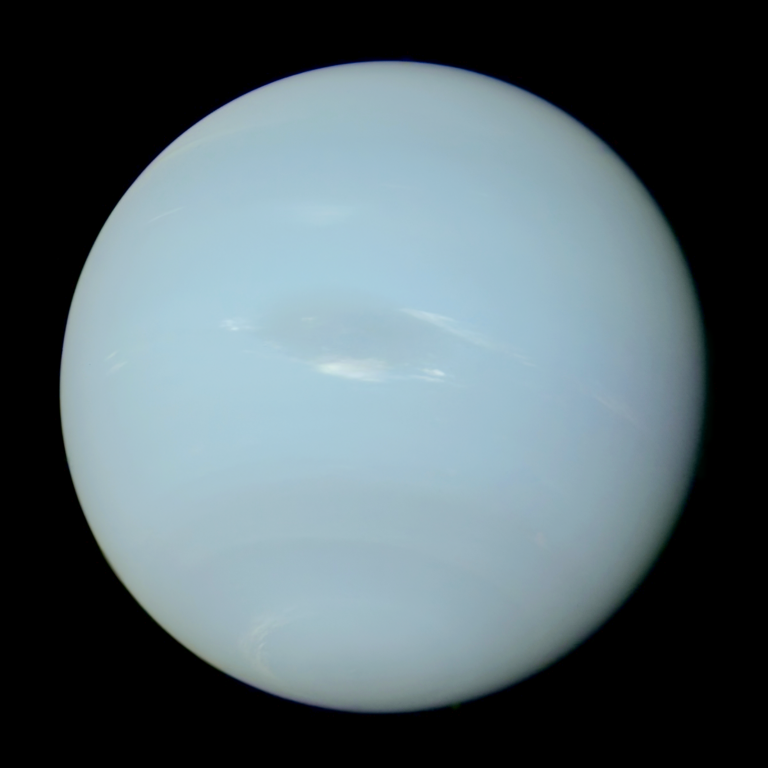Space and Astronomy Quiz Questions
1. What is the largest planet in our solar system?
(a) Earth
(b) Jupiter
(c) Saturn
(d) Neptune
2. Which planet is known as the Red Planet?
(a) Mars
(b) Venus
(c) Mercury
(d) Jupiter
3. What is the closest star to Earth?
(a) Sirius
(b) Betelgeuse
(c) The Sun
(d) Proxima Centauri
4. What is the process by which stars produce energy?
(a) Fission
(b) Fusion
(c) Combustion
(d) Radioactive decay
5. Our solar system is located in which galaxy?
(a) Andromeda Galaxy
(b) Milky Way Galaxy
(c) Sombrero Galaxy
(d) Whirlpool Galaxy
6. What is the phase of the moon when it cannot be seen from Earth?
(a) Full moon
(b) New moon
(c) Quarter moon
(d) Crescent moon
7. What is the largest object in the asteroid belt?
(a) Ceres
(b) Vesta
(c) Pallas
(d) Hygiea
8. Comets are primarily composed of:
(a) Rock and metal
(b) Ice and dust
(c) Hydrogen and helium
(d) Carbon dioxide
9. What is the name of the bright streak of light produced when a meteoroid enters Earth’s atmosphere?
(a) Meteor
(b) Asteroid
(c) Comet
(d) Bolide
10. What is the outermost layer of the Sun called?
(a) Corona
(b) Photosphere
(c) Chromosphere
(d) Core
11. Which planet is known for its beautiful rings?
(a) Jupiter
(b) Saturn
(c) Uranus
(d) Neptune
12. What is the largest moon in our solar system?
(a) Titan
(b) Ganymede
(c) Callisto
(d) Io
13. A light year is a measure of:
(a) Time
(b) Distance
(c) Speed
(d) Mass
14. What is the process called when a star explodes at the end of its life?
(a) Supernova
(b) Nebula
(c) Black hole
(d) White dwarf
15. What is the name of the spacecraft that first landed on the Moon?
(a) Apollo 11
(b) Sputnik 1
(c) Voyager 1
(d) Mariner 2
16. What is the force that holds the planets in orbit around the Sun?
(a) Gravity
(b) Electromagnetism
(c) Nuclear force
(d) Friction
17. Which constellation is easily recognizable by its distinctive shape like a big dipper?
(a) Orion
(b) Ursa Major
(c) Cassiopeia
(d) Scorpius
18. What is the name of the phenomenon where the Earth’s shadow falls on the Moon?
(a) Solar eclipse
(b) Lunar eclipse
(c) Transit
(d) Occultation
19. The Milky Way galaxy is estimated to be how old?
(a) 10 billion years
(b) 13.6 billion years
(c) 4.5 billion years
(d) 2 billion years
20. What is the hottest planet in our solar system?
(a) Venus
(b) Mercury
(c) Jupiter
(d) Saturn
21. A black hole is a region of spacetime where gravity is so strong that nothing, not even light, can escape. What is the point of no return called?
(a) Event horizon
(b) Singularity
(c) Schwarzschild radius
(d) Accretion disk
22. Which of the following is not a dwarf planet?
(a) Pluto
(b) Ceres
(c) Eris
(d) Mars
23. What is the largest known structure in the universe?
(a) A galaxy cluster
(b) A supercluster
(c) The Great Wall
(d) A void
24. What is the study of the universe called?
(a) Cosmology
(b) Astronomy
(c) Astrophysics
(d) Planetary science
25. The Hubble Space Telescope has provided us with stunning images of the universe. What type of telescope is it?
(a) Refracting telescope
(b) Reflecting telescope
(c) Radio telescope
(d) Space-based telescope
Space And Astronomy Quiz Questions with Answers
1. What is the largest planet in our solar system?
(b) Jupiter
2. Which planet is known as the Red Planet?
(a) Mars
3. What is the closest star to Earth?
(c) The Sun
4. What is the process by which stars produce energy?
(b) Fusion
5. Our solar system is located in which galaxy?
(b) Milky Way Galaxy
6. What is the phase of the moon when it cannot be seen from Earth?
(b) New moon
7. What is the largest object in the asteroid belt?
(a) Ceres
8. Comets are primarily composed of:
(b) Ice and dust
9. What is the name of the bright streak of light produced when a meteoroid enters Earth’s atmosphere?
(a) Meteor
10. What is the outermost layer of the Sun called?
(a) Corona
11. Which planet is known for its beautiful rings?
(b) Saturn
12. What is the largest moon in our solar system?
(b) Ganymede
13. A light year is a measure of:
(b) Distance
14. What is the process called when a star explodes at the end of its life?
(a) Supernova
15. What is the name of the spacecraft that first landed on the Moon?
(a) Apollo 11
16. What is the force that holds the planets in orbit around the Sun?
(a) Gravity
17. Which constellation is easily recognizable by its distinctive shape like a big dipper?
(b) Ursa Major
18. What is the name of the phenomenon where the Earth’s shadow falls on the Moon?
(b) Lunar eclipse
19. The Milky Way galaxy is estimated to be how old?
(b) 13.6 billion years
20. What is the hottest planet in our solar system?
(a) Venus
21. A black hole is a region of spacetime where gravity is so strong that nothing, not even light, can escape. What is the point of no return called?
(a) Event horizon
22. Which of the following is not a dwarf planet?
(d) Mars
23. What is the largest known structure in the universe?
(c) The Great Wall
24. What is the study of the universe called?
(a) Cosmology
25. The Hubble Space Telescope has provided us with stunning images of the universe. What type of telescope is it?
(b) Reflecting telescope










